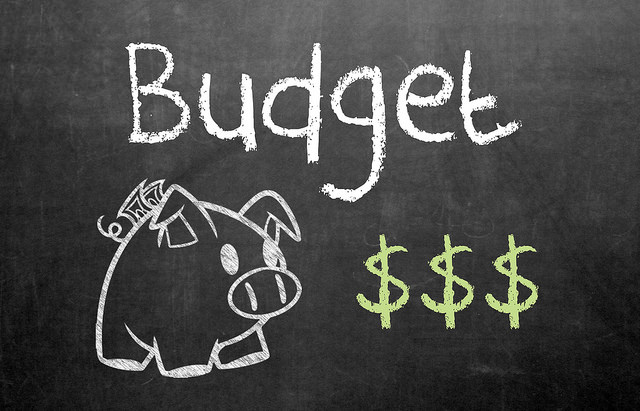Like this article? Chip in to keep stories like these coming.
![]()
Opinions on deficit budgeting have become a shorthand litmus test in Canadian politics. Deficits are left wing and balanced budgets are right-wing austerity. Economists know that there is virtually no difference between a small surplus and a small deficit, but politicians and voters are a different story.
I have spent the past three and half years railing against premature Conservative budgetary tightening, so when Thomas Mulcair said he wasn’t entertaining the possibility of a budget deficit in 2016, I was among those progressive economists who groaned and rolled their eyes in frustration.
When we reduce policy discourse to “deficits good vs. deficits bad,” we miss talking about the whole host of choices that go into budgeting. One can imagine deficit spending that isn’t progressive, and balanced budgets that would make Tommy Douglas proud.
For example, let’s look at the Conservative record. While many hands have been wrung over their obsession with balanced budgets, Harper and Co.’s insistence on low corporate and personal income taxes has severely hampered their ability to actually balance the books. Big-ticket commitments such as the F-35 boondoggle weigh on the books at the same time that services to veterans have been cut.
Rather than simply be happy or upset that the Conservatives have run mostly deficits, we should analyze spending and taxing choices on their own merits.
The same should be true of opposition promises. Rather than be happy that Trudeau has promised three straight deficits, and upset that Mulcair has promised to balance the books, let’s take a closer look at what the two parties are actually promising.
Public transit
Liberal promise: “We will boost investment in public transit by nearly $6 billion over the next four years, and almost $20 billion over 10 years.”
NDP promise: “$1.3 billion annually over next 20 years to ensure stable, transparent public transit funding for municipalities.
Municipal and green infrastructure
Liberal promise: “We will boost investment in green infrastructure by nearly $6 billion over the next four years, and almost $20 billion over 10 years.”
NDP promise: “$1.5B annually for local infrastructure, including roads, water treatment, and public transit.”
(Note: These promises don’t exactly overlap, but municipal infrastructure upgrades certainly qualify as green, and the Liberal website includes water and wastewater in their green infrastructure plan.)
Social infrastructure
Liberal promise: “We will also boost investment in social infrastructure by nearly $6 billion over the next four years, and almost $20 billion over 10 years.”
NDP promise(s):
- 370,000 childcare spaces by 2019 ($1.9B annual cost), 1,000,000 million child-care spaces by 2023 ($5B annual cost).
- $2.7B annually for affordable and market-rental housing units, including incentives for co-op housing.
If you notice a trend in the Liberal promises, you’re not alone. For simplicity they seem to have identified three priority areas, and split the spending evenly between them. The New Democrat promises are messier, if you will, but the commitments add up to equal or better than the Liberal promises, at least over a four-year timeline. Looking here, you can see the Liberal numbers get smaller near the end of the first mandate, and then bigger as we go into the future.
How to balance?
Mulcair has said he will make different choices than the Conservatives or the Liberals. These promises include raising corporate income taxes and changing how stock options are taxed. Trudeau has said he won’t raise corporate taxes, and indeed mused about lowering them further.
While the Liberals have said they’d raise personal income tax rates on high earners, their cut in the $44,401 and $89,401 tax bracket means nothing for most workers, and results in lower overall taxes for those in the $150,000 – $200,000 range.
We don’t know the whole picture, though, because no party has put out their full-costed platform.
Beyond simple numbers
The Liberals have also promised alternative financing of infrastructure, which means more P3s and user-pay models, such as the 407 toll highway in Ontario. It’s hard to make the case that these are progressive policy choices.
While I stand by my belief that deficit spending is sometimes a good idea and better for long-term growth, I also stand for more context in policy analysis than just “balanced budgets equal austerity.” That kind of analysis is as shallow and incorrect as “deficit spending will turn us into Greece.”
Photo: GotCredit/flickr
Like this article? Chip in to keep stories like these coming.
![]()




